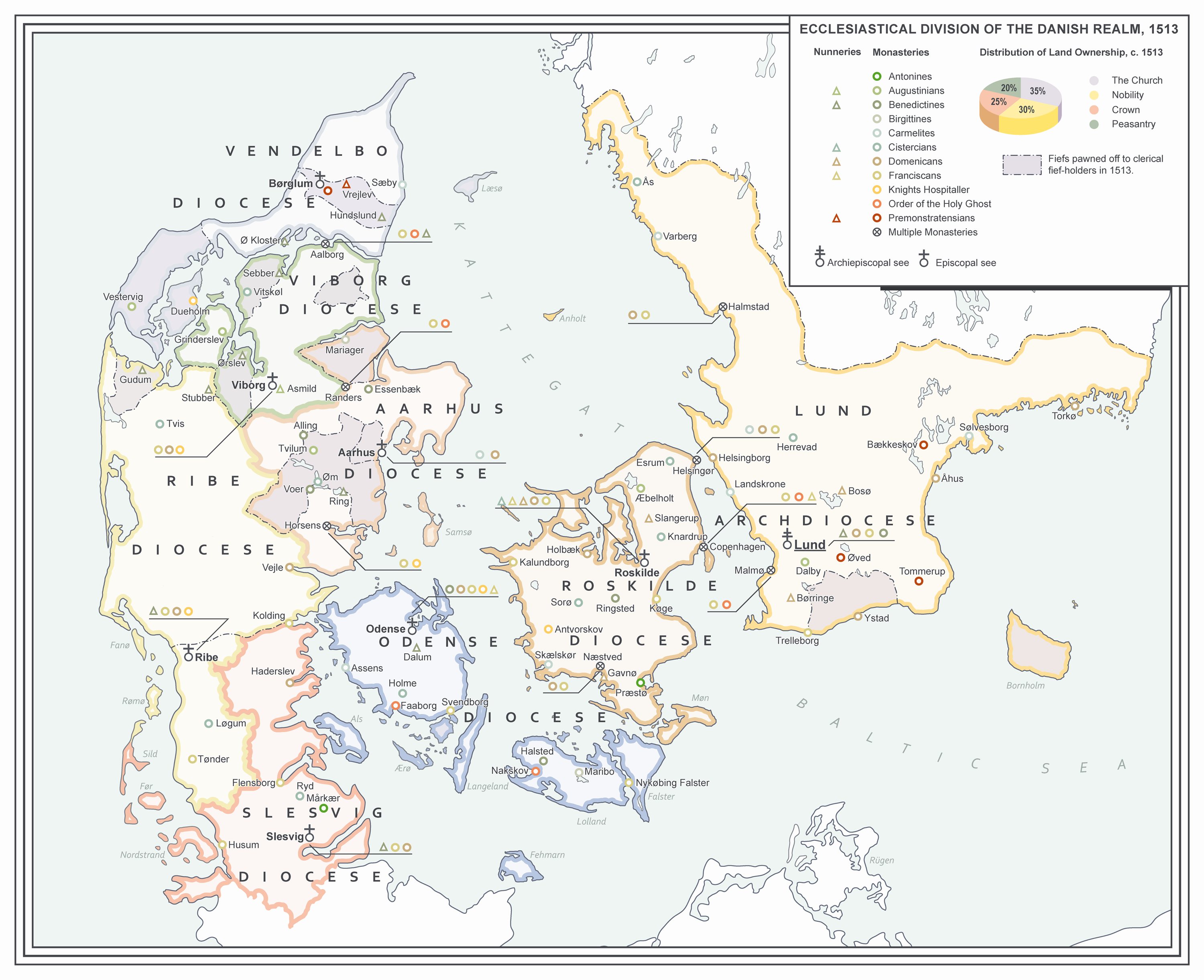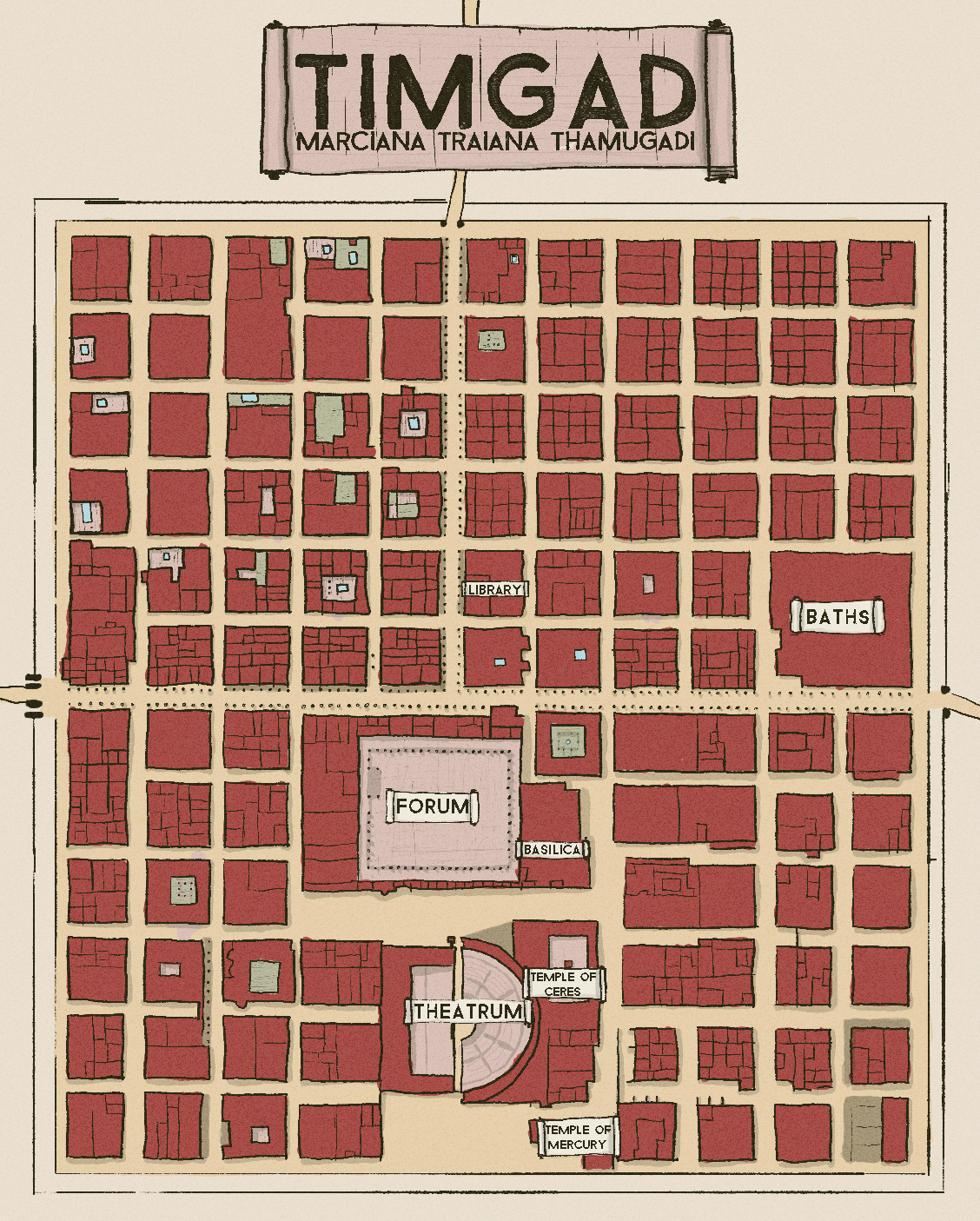The Empire of the Romans (from now on called Byzantine for simplicity's [and my own] sake) is one of the world's major powers. It is influential, prestigious, rich and powerful, every single thing that you'd expect from a world power and Europe's (third) finest.
The Byzantines have a very vast colonial empire that they have acquired through the centuries, and their influence can be felt everywhere from Africa to Indonesia to East Asia. They became keener on Africa in the early 15th century, conquering Cyrenaica and later using Egypt as a springboard to expand into the Horn, which would later lead them south into Azania. The Byzantines became more ambitious, and their extensive (and lucrative) trips to India and East Asia sent shockwaves of jealousy to western Europeans, thus helping kickstart the Age of Exploration [1].
Over the next centuries, the Byzantines would compete with other European naval powers for influence, especially in the very hotly contested India and Indonesia, acquiring multiple territories and ports, allowing for the expansion of the Orthodox faith and the spread of Greek colonists à la Ancient Greece. They'd discover Antipodaea in the 18th century, settling it with colonists of multiple backgrounds, among which you could find Greeks, Armenians, Latins, Copts, Assyrians, Slavs and Kurds. In the 19th and 20th centuries, with the overall weakening of China, they'd take the ports of Xanthona, Chaïtzoupolis and Nikopolis (Shantou, Lianyungang and Yuhuan, respectively).
However, such a massive empire couldn't come without issues. The Empire's Azanian provinces have been facing escalating troubles, with an ethnic and religious conflict brewing and close to exploding into civil war, which could prove to be long and costly. Also the increasingly revanchist Zhao [2] and the growth of the independence movement in Antipodaea.
[1] I'm not 100% decided on this. It's subject to change, and I'm open to suggestions
[2] The most powerful Chinese (here used as a regional term) state. Shaanxi + Henan + Shandong + Shanxi + Hebei + Tianjin + Beijing. Named after the multiple other states that have existed around that same area in the past.
I haven't posted a map of East Asia yet, but basically, China has been broken (whether it'll reunify soon or not, I haven't decided yet) into multiple states which I carved along linguistic and ethnic borders and sometimes influenced by a more drastic ATL Warlord Era, with Western and Japanese-backed puppet states. I know broken China maps trigger the living shit out of some people, but whatever - I didn't do it as a power fantasy or something along those lines.
I'm yet to come up with an actual, properly-made history for the map rather than the vague-ish statements above, so please, no complicated questions

